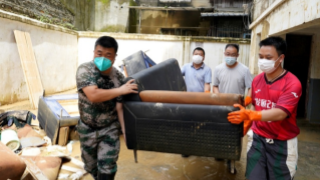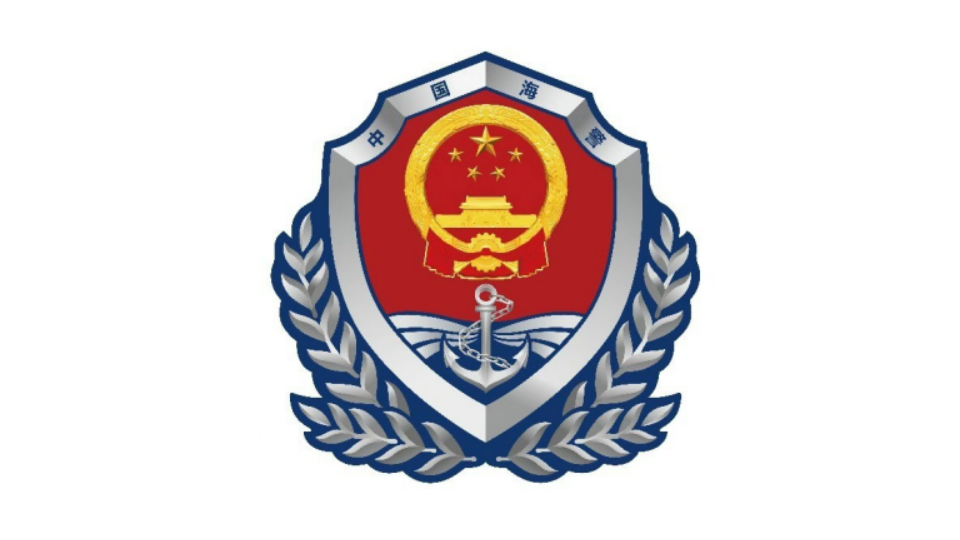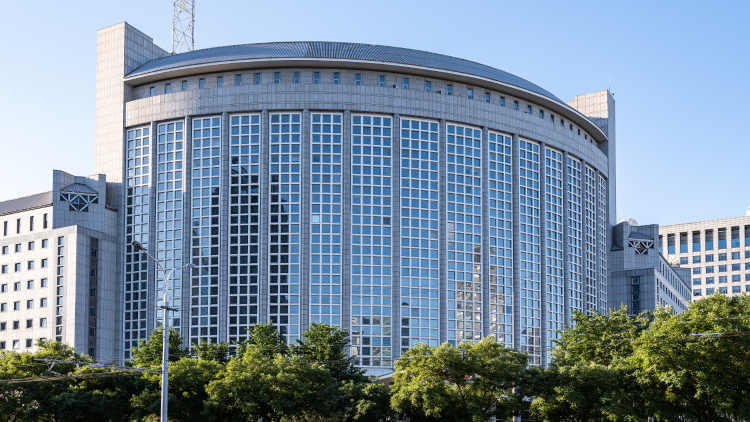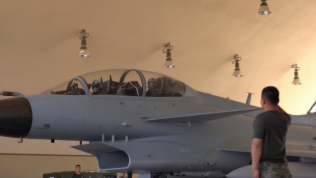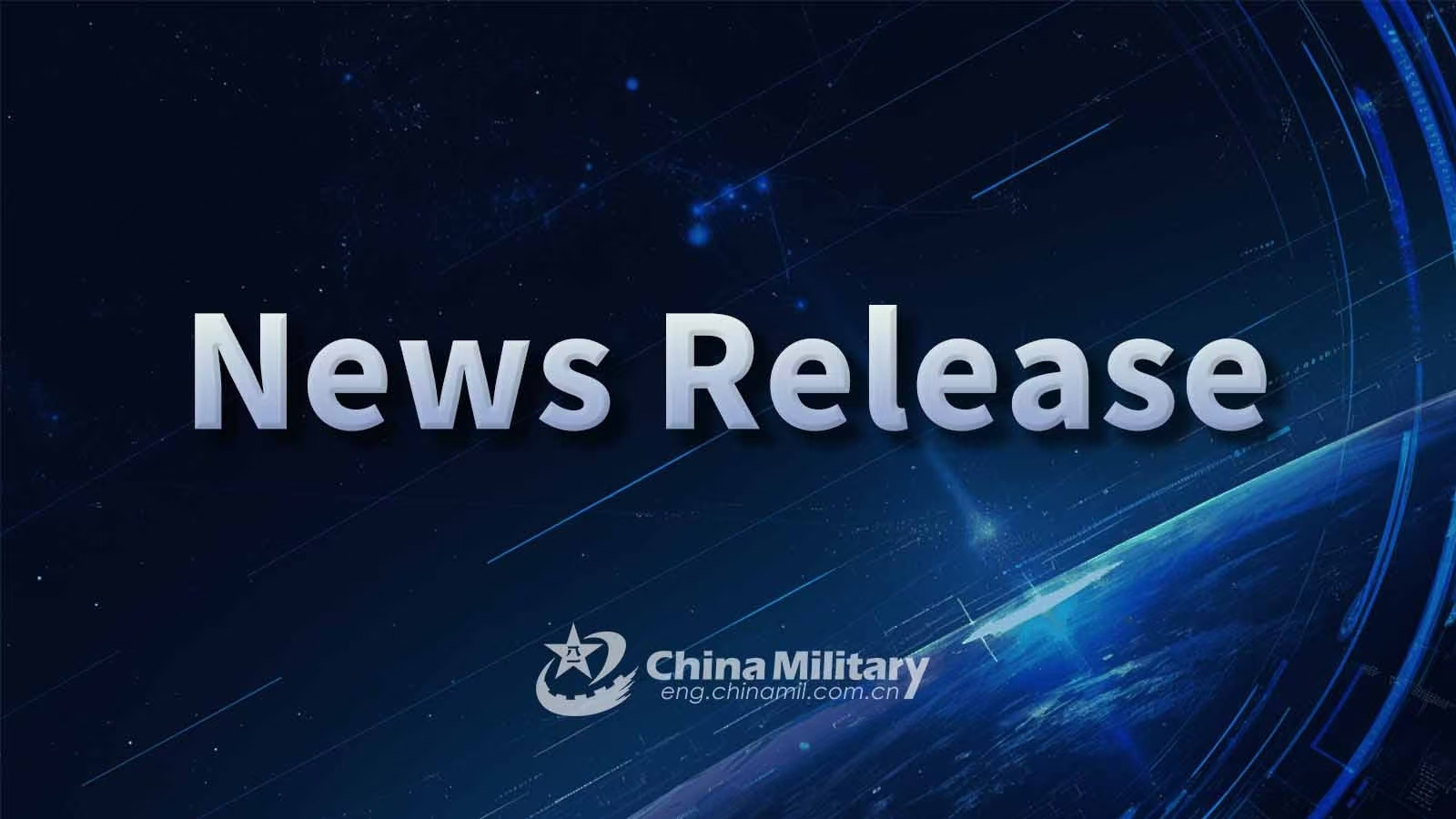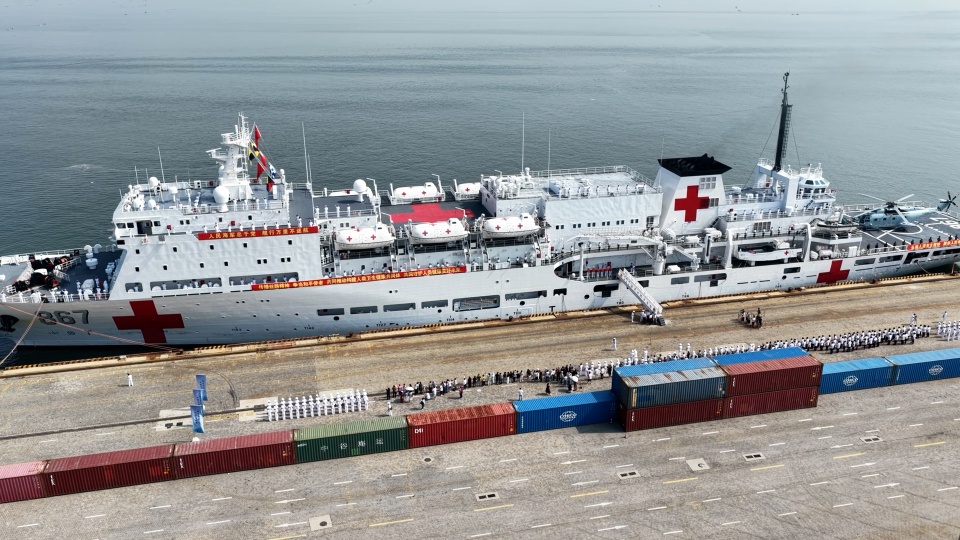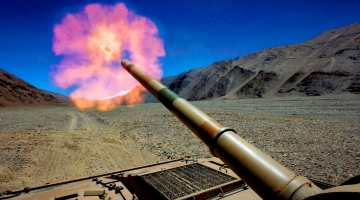By Zhang Junshe
US Secretary of State Antony Blinken and Secretary of Defense Lloyd Austin are to attend the US-Australia 2+2 meeting held in Brisbane, Australia from July 28 to 29. Prior to the meeting, Exercise Talisman Sabre 2023 jointly held by the two countries had been hyped up by their governments and media, stirring up unrest in the Asia-Pacific region.
According to reports, Exercise Talisman Sabre 2023 has been launched on July 22 and will be concluded on August 4. This exercise has attained a new pinnacle in the record regarding the participating forces, armament to exercise scope. Troops from 11 other countries including Japan, ROK, UK, Germany, Canada and France are also invited, totaling more than 30,000 troops including 17,000 US soldiers and 10,000 Australian soldiers, along with above 20 ships, over 60 aircraft and armored vehicles. The operation area stretches from the northeastern Coral Sea to southeastern Jervis Bay in Australia.
The exercise is led by Australia on the surface, but still directed by the US in practice. Although the Australian Defense Department declared that it is designed to test the participating troops' ability to plan and fulfill joint military operations, improve their combat readiness and joint operational capability, and fulfill the commitment of cooperation between so-called like-minded partners in the region, US Secretary of the Navy Carlos Del Toro stressed the day before the exercise that the event is to send a message to China that the US and its allies "do together" and are cooperating to defend their security and democratic values.
From the statement of the US side, it is obvious that this US-led military exercise does not aim to maintain regional stability but to exaggerate security challenges in the Asia-Pacific and woo and coerce other countries to endorse its "Indo-Pacific Strategy" so that the US is able to control its allies and dominate regional security affairs. Meanwhile, the US intends to simulate joint operation and logistic support procedures for so-called potential future wars in the Asia-Pacific with allies and elevate their joint maneuver and multi-domain striking capabilities, with a focus on subjects including joint air defense, joint anti-submarine, land and sea strikes, landing operations and information warfare.
To flaunt its cliques and highlight the so-called global leadership, the US also takes pains to build up momentum for the military exercise. On the starting day of the drill, the US Navy held a ceremony for the littoral combat ship (LCS) USS Canberra to service in Sydney Harbor and formally integrated it into their active fleets, which is the first time for a US Navy ship to be put into commission in a foreign port.
Although the US spares no efforts to bloat its convergence performance, not all participating countries are willing to follow its pace of so-called great power competition and have their own considerations. For example, Canada and other militarily disadvantageous countries wish to show loyalty to the US by this chance. Apart from this evident purpose, Japan also cherishes other private motives. By dispatching the amphibious rapid deployment brigade for landing operations, the Izumo-class destroyer and other offensive forces, and making the debut of Type 12 anti-ship missile in Australia, it intends to facilitate the Japanese Self-Defense Force to brazenly expand the space for overseas military activities, thus breaking the restrictions on the use of military force under the pacifist Constitution and "exclusively defense-oriented" policy. Other countries may have been dragged in under the pressure of the US.
Over the past 30 years since the end of the Cold War, the Asia-Pacific has basically maintained stable and become the main engine of global economic growth currently under joint efforts of regional countries. It is quite irresponsible that Washington stirs up the situation and stokes tensions in the region by wooing allies and binding other countries. Most countries in the region have seen through the country's true intention of profiting from crisis instigation, and are reluctant to act as a "pawn" of the US or take sides between China and the US.
The 56th ASEAN Foreign Ministerial Meetings held earlier this month are clear proof. Blinken sowed discord and pointed fingers at China in an attempt to provoke Southeast Asian countries to jointly oppose the so-called coercive actions, but won no response from them. Indonesian President Joko Widodo stated that ASEAN could not become a proxy of any country nor be drawn into great power competition, and it is committed to reinforcing solidarity and cohesion. The joint communique of this meeting also emphasized the principle of non-alignment later on.
Washington should recognize and respect regional countries' common desire for peace, development and cooperation, abandon the long-outdated Cold War confrontation mentality, stop inciting regional tensions and military confrontation through targeted large-scale military exercises, and take concrete actions to safeguard peace and stability in the Asia-Pacific region.
(The author is a military expert of the PLA Navy)
Editor's note: Originally published on huanqiu.com, this article is translated from Chinese into English and edited by the China Military Online. The information and opinions in this article do not necessarily reflect the views of eng.chinamil.com.cn.





